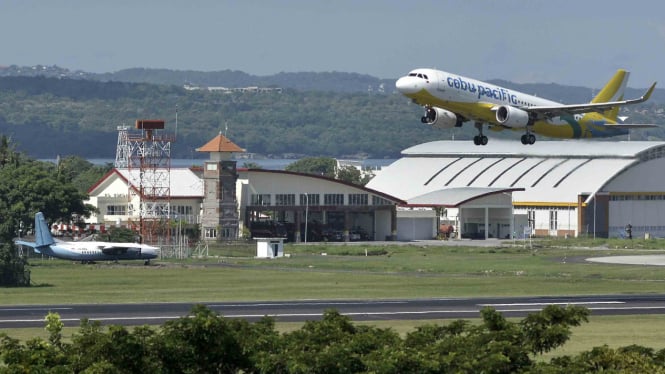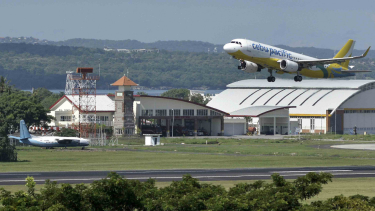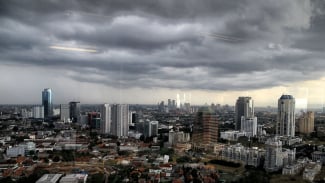All About Turbulence that People Should Know
- ANTARA FOTO/Fikri Yusuf
VIVA – When the plane is above the clouds usually the plane is shaken. This condition is known as turbulence. Many passengers immediately panic when there is turbulence. Though turbulence is a natural thing in flight.
Turbulence is just some sort of change in the air around your plane. Air isn’t nothingness; it’s a fluid, like water. Currents of air move up and down, ripple out, change direction, and change speed. There are various factors that cause turbulence, including thunderstorms, differences in air temperature, strong winds, and shake due to turbulent air in the atmosphere.
The pilots must have been equipped with the knowledge to handle turbulence in this aircraft. Likewise, the fuselage is designed in such a way to be strong against turbulence.
There are two types of turbulence, first, clear-air turbulence caused by the formation of cumulus clouds, jet streams, and other sudden weather phenomena. Second, convective turbulence occurs due to storm conditions on land or the atmosphere.
According to former American Airlines spokesman Justin Franco, convective turbulence is more often severe than clean air turbulence. Not infrequently, the wind flow is not smooth causing air pressure to rise and fall. So, sudden movements appear on the plane.
Turbulence is not something to worry about because the shape of the plane has been shaped as well as possible to withstand the turbulence.
"Turbulence is not something to worry about because planes are built to withstand severe turbulence over a long period of time," said Laura Einstler, a pilot with more than 30 years of flying experience.
"It’s why the wings of plane flex to form a dynamic structure, much like an earthquake-resistant building swaying to resist a force," added Laura Einstler.
In the face of turbulence, the pilots certainly have ways to minimize it. Laura explained that the pilot coordinated with the airline's weather expert and used software and radar to find out where the turbulence area was.
Knowing the location of turbulence, pilots can plan for lower, higher, or smoother altitudes.
To ensure safety, the pilot will usually announce possible shake during the flight.
"Ideally, pilots should give passengers a notification every 15 to 20 minutes in anticipation of a shaking area and in the event of a shock." Laura said.
She also urges passengers to obey the regulations if the seat belt sign light is on, everyone remains in their respective seats wearing seat belts.

























